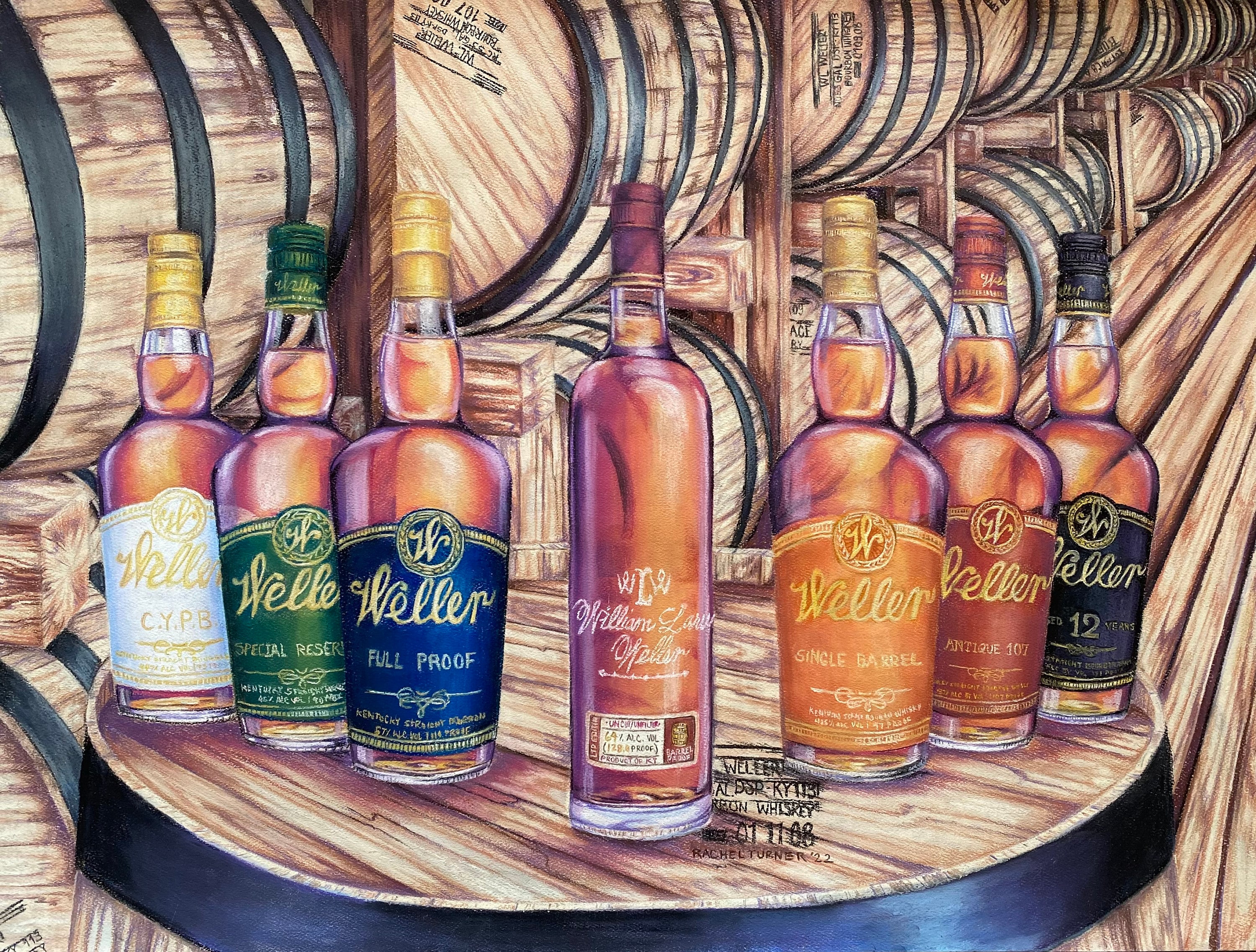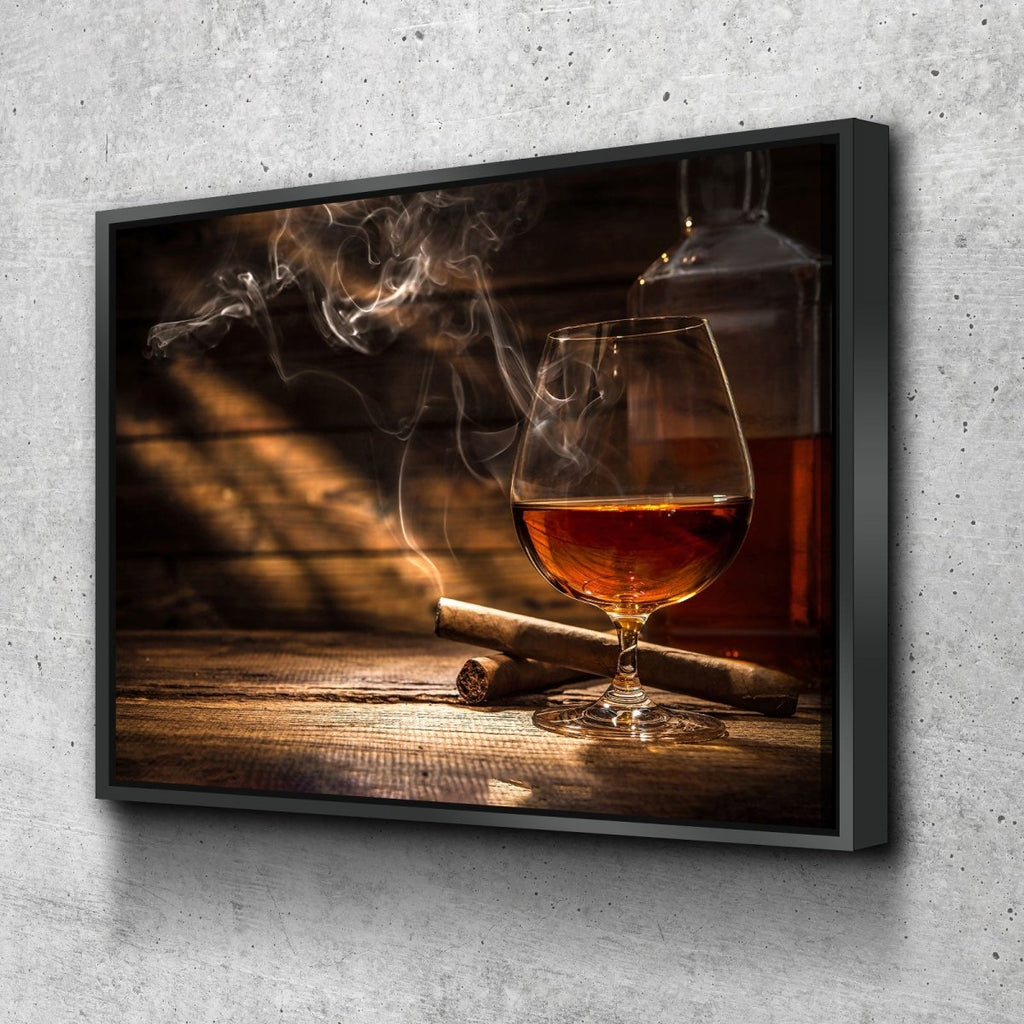Explore the World of Bourbon Art: A Journey Via Culture and Workmanship
Explore the World of Bourbon Art: A Journey Via Culture and Workmanship
Blog Article
The Relevance of Whiskey Art in Celebrating Heritage and Workmanship in the Beverage Sector
The detailed partnership between bourbon art and the celebration of heritage and craftsmanship within the beverage sector can not be overstated. Through thoughtfully developed bottles and labels, whiskey brand names encapsulate their historical origins and the artisanal abilities that define their production methods.
The Historical Roots of Whiskey
At the heart of whiskey's appeal exists an abundant tapestry of historic origins that map back to old people. The origins of scotch can be connected to the purification practices of the Sumerians and Babylonians around 2000 BCE, where early types of fermented grain beverages started to emerge. Nevertheless, it remained in the Middle Ages that the art of purification evolved significantly, especially in Ireland and Scotland, bring about the production of bourbon as we understand it today.
The term "bourbon" itself stems from the Gaelic word "uisce beatha," suggesting "water of life." This phrase highlights the cultural relevance of bourbon in Celtic cultures, where it was frequently related to rituals, celebrations, and communal bonding. By the 15th century, purification became an acknowledged craft within monastic areas, leading the way for the establishment of lawful distilleries.
As profession paths increased, whiskey's popularity expanded, going beyond regional boundaries and recording the rate of interest of connoisseurs worldwide. Bourbon Art. This historic journey mirrors not just the craftsmanship behind scotch production however likewise its important role in social and social contexts, noting it as a substantial beverage throughout background
Artistic Expression in Branding
Whiskey branding stands as a compelling intersection of creativity and commerce, where visual identification plays a crucial duty fit customer understanding. The aesthetic appeals of whiskey labels, packaging, and marketing products show not just the brand name's tale yet additionally its core values and heritage. With artistic expression, distilleries share a narrative that resonates with consumers, stimulating emotions and sparking connections.
The usage of shade, typography, and imagery in branding serves to distinguish products in a saturated market. For example, typical motifs might evoke a feeling of credibility and craftsmanship, while modern layouts can signify technology and forward-thinking. This tactical imaginative direction improves brand acknowledgment and commitment, enabling consumers to forge a personal partnership with the bourbon they choose.
In addition, artistic expression in branding typically offers as a party of local heritage. Distilleries regularly incorporate regional signs or historical references into their layouts, creating a feeling of location that invites consumers to take part in a wider cultural experience. Inevitably, the virtuosity behind bourbon branding not just boosts aesthetic allure yet likewise enhances the overall story of the brand, fostering a much deeper admiration for the craftsmanship and heritage embedded in each bottle.
Craftsmanship in Bottle Layout
The artistry obvious in scotch branding prolongs beyond aesthetic identification to include the craftsmanship associated with bottle design. Each container works as a vessel not simply for the spirit within, yet also for the tale it informs about its tradition, top quality, and origin. The layout procedure requires thorough attention to information, as aspects such as material, form, and closure contribute significantly to the total understanding of the whiskey.
Workmanship in container layout includes choosing premium glass that can enhance the whiskey's shade and clearness, while likewise providing a responsive experience for the customer. The silhouette of the bottle should be both functional and cosmetically enticing, commonly showing the heritage of the brand. Several distilleries select distinct forms or embossed logos that stimulate a sense of credibility and history.
Moreover, the tag style and typography play a crucial duty in interacting the brand name's narrative. Bourbon Art. A well-crafted container not only astounds the consumer's eye yet likewise enhances the brand's dedication to high quality and tradition. By doing this, the workmanship of bottle layout becomes an essential aspect of the bourbon experience, merging creativity with a profound respect for heritage
Social Importance of Bourbon Art
Celebrating custom and workmanship, the cultural relevance of whiskey art transcends plain aesthetic appeals, linking with the social and historical stories of the regions from which it stems. Each bottle functions as a canvas, showing the special stories, mythology, and traditions that have shaped neighborhood whiskey-making methods. The intricate styles frequently reflect the heritage of the distillers, incorporating symbols and concepts that reverberate with the society and worths of their communities.

On top of that, whiskey art plays a crucial duty in common celebrations and celebrations, offering as a tangible link in between people and their shared experiences. By appreciating the virtuosity in whiskey packaging, customers cultivate a deeper understanding and regard for the craft, ultimately enhancing their satisfaction of the drink itself.
Modern Trends in Whiskey Discussion
Recently, the presentation of scotch has actually advanced to reflect contemporary preferences and fads while still honoring conventional workmanship - Bourbon Art. Distilleries are progressively concentrating on visual components that enhance the overall alcohol consumption experience, linking the void in between heritage and modernity
Innovative bottle styles have actually arised, usually incorporating sustainable materials and creative tags that inform engaging tales. Several brands now collaborate with local artists, infusing their products with distinct visual expressions her comment is here that resonate with consumers. Furthermore, limited-edition releases are typically packaged in collectible containers, including worth and charm for lovers.

Conclusion
In conclusion, whiskey art serves as a vital conduit for expressing the heritage and workmanship inherent in the drink sector. With complex branding, ingenious bottle designs, and culturally significant imaginative components, scotch brands efficiently honor their practices and attach with consumers.


Craftsmanship in bottle layout includes selecting top quality glass that can enhance the bourbon's Bourbon Art color and clarity, while additionally giving a tactile experience for the consumer. In this means, the craftsmanship of bottle layout ends up being Bourbon Art a vital facet of the scotch experience, merging virtuosity with a profound respect for heritage.
In verdict, whiskey art offers as a crucial conduit for sharing the heritage and craftsmanship inherent in the drink industry.
Report this page